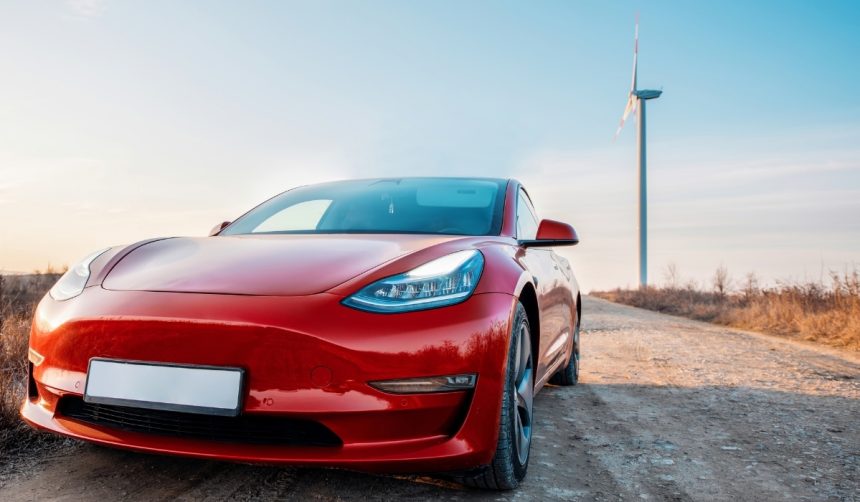Tesla closed its third quarter of 2025 with its highest quarterly revenue to date, reaching $28.1 billion and surpassing forecasts. While earnings per share (EPS) did not meet all expectations, free cash flow improved substantially and the company added to its cash reserves. Investors and industry observers are evaluating the company’s recent performance against the backdrop of intensified focus on autonomous driving, energy expansion, and significant leadership decisions. These figures come at a time when both legacy automakers and newer competitors are increasing their investments in electric and autonomous technologies. Against this competitive landscape, Tesla’s financial results and strategic choices are garnering close scrutiny from analysts.
Tesla’s recent earnings reports have seen fluctuating reactions, with previous quarters often raising questions about the company’s margins and cost structure. Market watchers closely monitored production changes and shifting price strategy in recent years, as well as the slow rollout of Full Self-Driving and new energy offerings. In contrast to earlier skepticism, the latest quarter has drawn more positive reactions from analysts, especially due to the sizable boost in cash and momentum in Tesla’s energy segment. Not all concerns have subsided; hesitation remains regarding product delivery timelines and the pace of robotics development. These factors frame analyst perspectives on the third quarter numbers.
How Did Analysts Respond to Tesla’s Q3 2025 Results?
Wall Street firms broadly maintained their favorable outlooks, with several analysts increasing their price targets. Mizuho’s Vijay Rakesh highlighted forward-looking aspects, including anticipated advances in autonomy and robotics. According to Rakesh, investor optimism stems from Tesla’s AI and hardware roadmap.
“TSLA is focusing on AI5/HW5 with ~40x gains gen/gen, while ramping Robotaxis and FSD into 2026E–27E,”
Rakesh stated, citing the strategic push in autonomous technologies and next-gen vehicle platforms.
What Role Does Tesla’s Energy Segment Play?
Baird analyst Ben Kallo pointed out record achievements in Tesla’s energy business, suggesting that market conditions, particularly grid bottlenecks and infrastructure demand, place Tesla’s energy products such as Powerwall and Megapack in a favorable position.
“Energy demand is particularly high given grid constraints in several regions and a rapid build-out of infrastructure. We expect this piece of the business to capture more attention in the remainder of 2025 and moving into 2026,”
Kallo remarked. This segment continues to attract analyst attention for its growth potential beyond vehicles.
Does Leadership and Autonomy Impact Investor Confidence?
Wedbush’s Dan Ives emphasized the upcoming shareholder vote on CEO Elon Musk’s compensation package as a potential turning point. Approval of the package is widely expected and seen as crucial for stability as the company enters a period of AI expansion. Meanwhile, Deepwater’s Gene Munster adopted a cautious tone regarding autonomous vehicle deployment, especially robotaxis, citing the importance of safety and public trust in further technology rollouts. He pointed to Tesla’s robust cash position as a key strength supporting long-term projects, even if progress is slower than some predict.
Tesla’s third-quarter performance signals a period of strategic investment and operational stability, though it hasn’t fully dispelled doubts about delivery timelines for future products. Analysts see robust free cash flow and expanding energy activities as positive indicators, yet acknowledge inconsistencies between revenue growth and profitability metrics. As Tesla channels resources into AI and robotics, its balance between future vision and current execution remains under close watch. For investors, the priorities are shifting: greater attention now falls on execution in autonomy, regional growth, and the capacity of Tesla’s energy offerings to complement its vehicle business. Monitoring these dynamics will be valuable for understanding both the sustainability of Tesla’s current momentum and its long-term market positioning.










